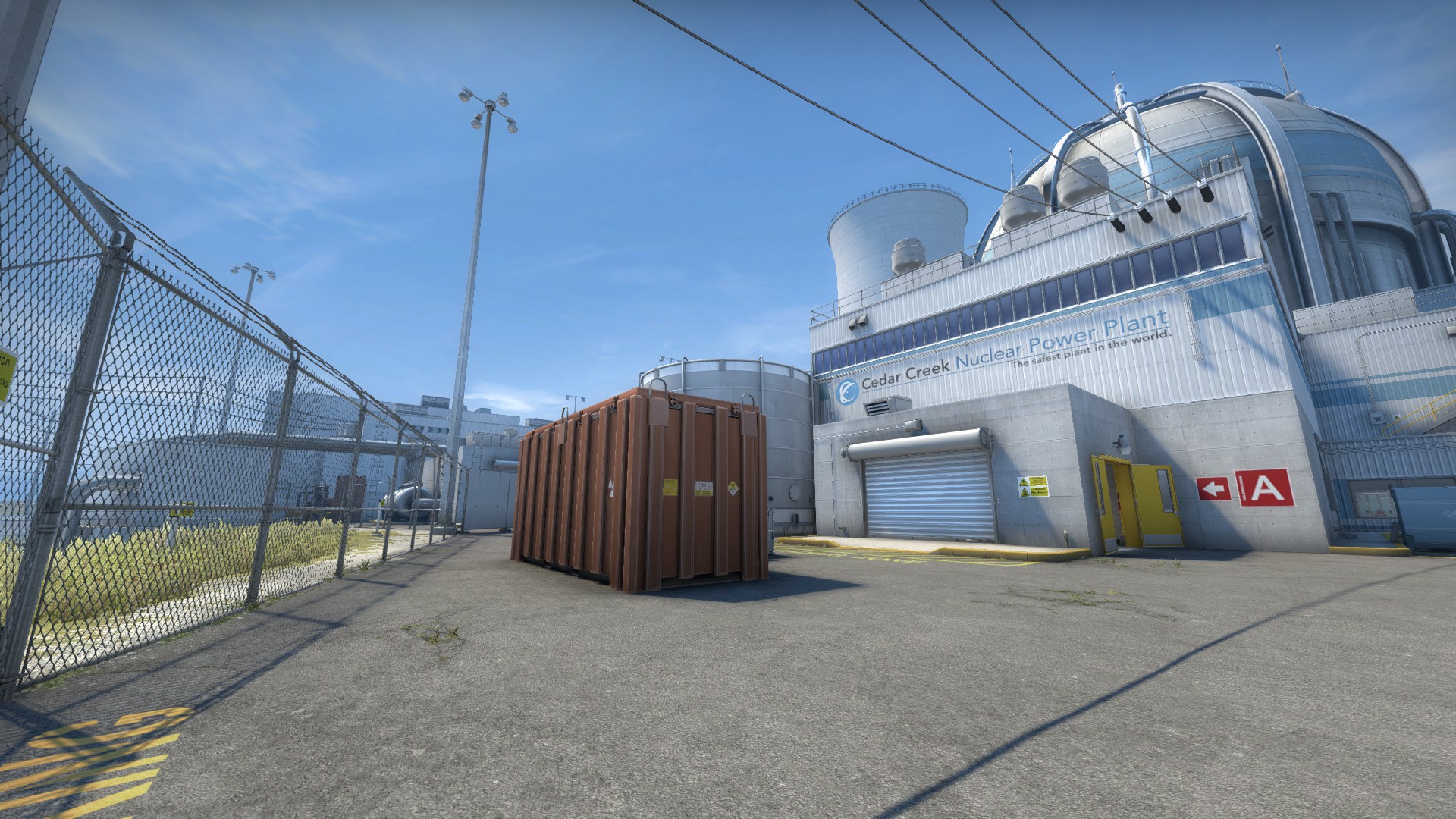The Nuke map is one of the most iconic and strategic maps in the Counter-Strike series, known for its complex layout and unique vertical design. Since its debut in 1999, it has undergone numerous redesigns to enhance gameplay, making it a favorite among players who enjoy deep tactical experiences.
In this article, we explore the history, mechanics, layout, and strategies associated with Nuke, helping players understand its significance in the Counter-Strike series.
Overview of Nuke
Nuke takes place in a nuclear power plant or warehouse filled with nuclear materials. What sets this map apart is its verticality: bomb sites are stacked on different levels, unlike the majority of maps where bomb sites are horizontally spread. This multi-level design requires players to think both vertically and horizontally, creating a challenging and dynamic gaming experience.
The objective on Nuke revolves around the Counter-Terrorists preventing the terrorists from planting bombs at one of two bomb sites. Each side requires precise coordination, as players must cover both bomb sites while managing map control.
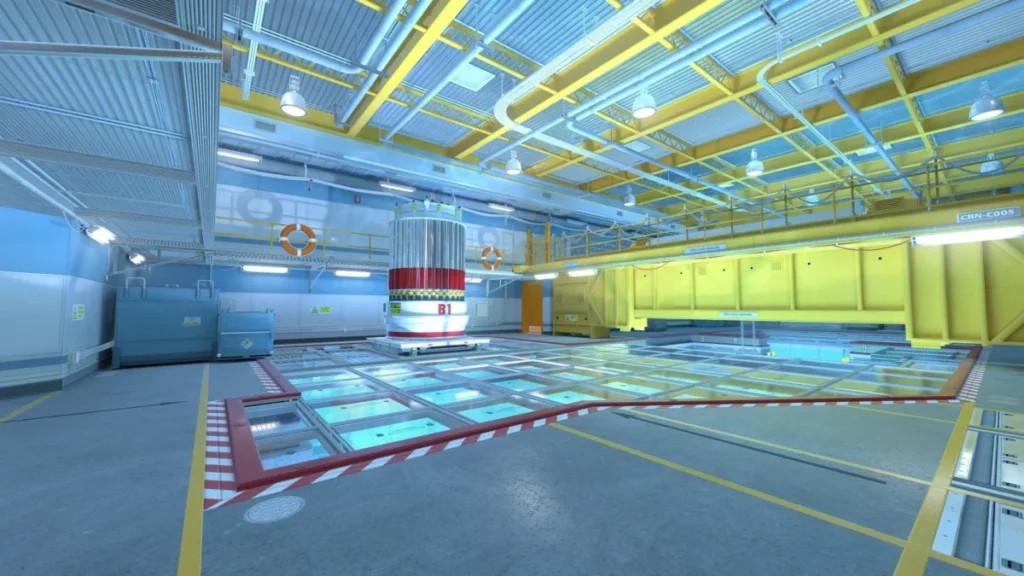
Official Descriptions and Evolution
Counter-Strike
In the original Counter-Strike, Counter-Terrorists had to stop terrorists from destroying the nuclear missile by planting bombs at either of the two bomb sites. This setup added a layer of complexity, as both sides needed to control multiple areas of the map.
Counter-Strike: Source
The Source version of Nuke made several changes to improve gameplay, including a more industrial aesthetic and larger outdoor spaces. It introduced a more complex verticality, with larger vents and the removal of certain passageways, creating a more strategic environment for players to navigate.
Counter-Strike: Global Offensive
The Global Offensive version introduced a revised layout to balance competitive play, influenced by professional player Salvatore “Volcano” Garozzo. The map received visual updates and mechanical adjustments to improve flow and tactical depth, ensuring that Nuke remained a staple in the competitive map pool.
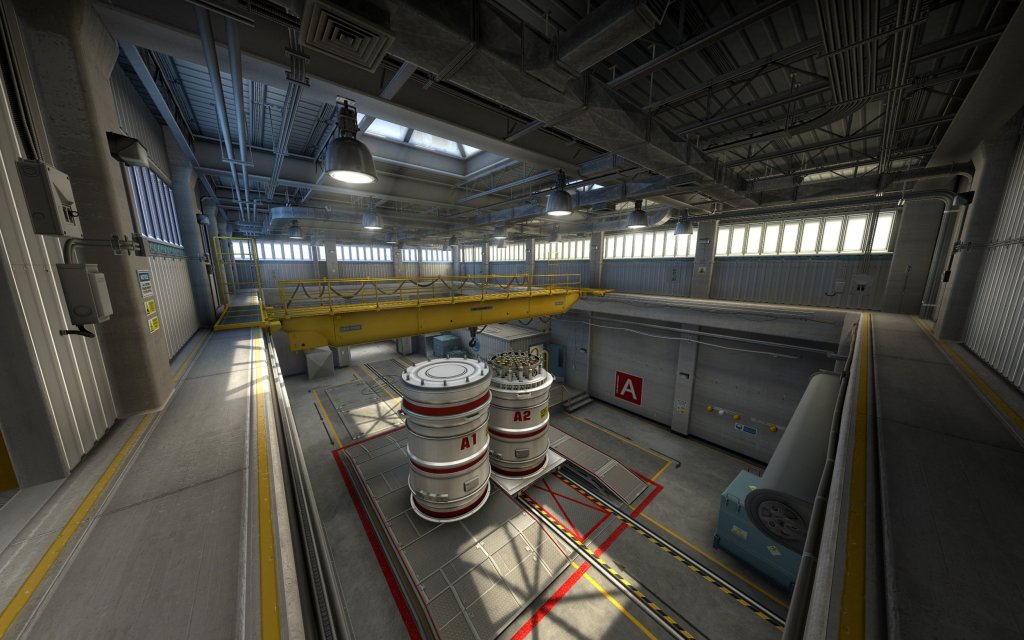
Layout and Key Features
The layout of Nuke is intricate, consisting of two bomb sites that are vertically separated:
- Bombsite A is located on the upper level, accessible from the outside or through the main lobby.
- Bombsite B, directly below, is accessible via vents, ramps, and a back entrance.
This verticality adds to the strategic depth of the map, as players need to manage both vertical and horizontal movements effectively.
Key Areas
- Silo: A high vantage point that offers a broad view of the map but leaves players vulnerable. It’s crucial for controlling sight lines and providing strategic oversight.
- Ramp Room: Key for accessing Bombsite B, making it a hotly contested area during gameplay. Securing this location can disrupt enemy plans.
- Outside: This area offers several pathways and sniper positions. Controlling it is essential for splitting the defense and creating planting opportunities.
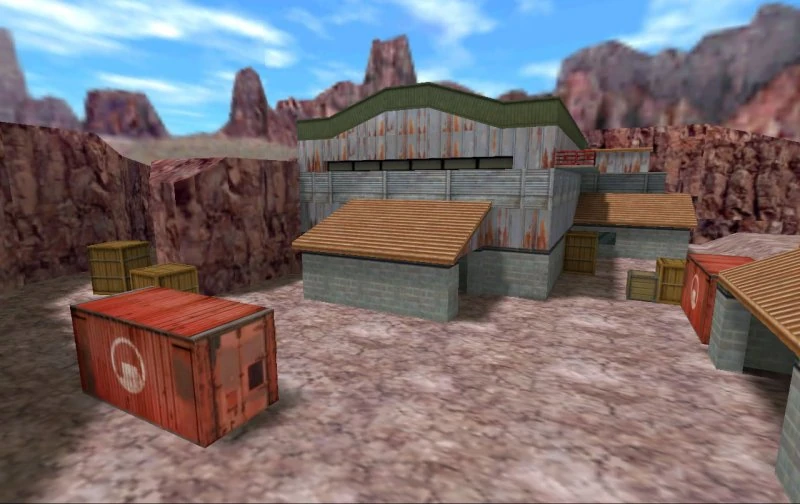
Gameplay Strategies
Attacking
To succeed when attacking on Nuke, coordination and map control are essential. Players should use smokes and flashes to block sightlines and create opportunities for bomb plants. Controlling the outside area allows attackers to split the defense and gain access to the bomb sites, especially through the vents.
Defending
Defending on Nuke involves holding key areas like the ramp room and outside while being ready for quick rotations. Players should maintain control of vantage points like Silo and Heaven to protect both bomb sites. Quick reactions and effective communication are crucial for defending successfully.
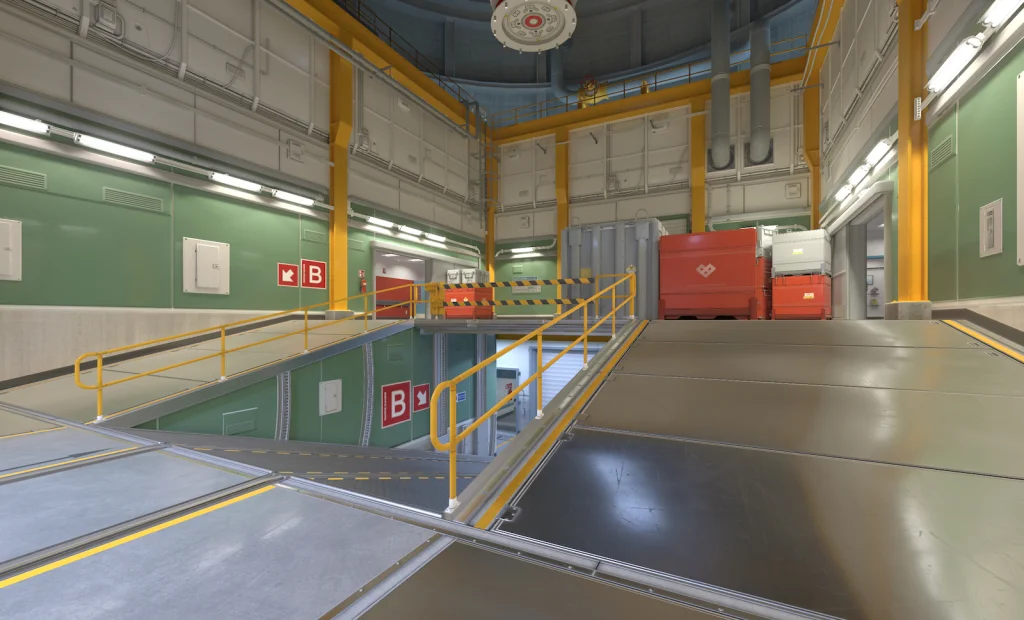
Reception and Competitive Play
Nuke has remained a controversial map in competitive Counter-Strike. Its complexity and large open spaces create challenges for both attackers and defenders. Despite some criticism, especially regarding its defensive bias, Nuke remains a key map in professional tournaments.
While some players find Nuke chaotic, others appreciate its depth, requiring a balance of skill, strategy, and teamwork. The map’s competitive nature ensures it remains a testing ground for the best players.
Trivia and Easter Eggs
Nuke is filled with Easter eggs that reference the Half-Life series and other elements of the Counter-Strike universe. For example, players can spot a truck with California license plates labeled “DE_NUKE” and a HECU Radio prop from Half-Life. These hidden details add a layer of fun for fans who enjoy exploring the map beyond the standard gameplay.
Conclusion
The Nuke map is one of Counter-Strike‘s most iconic and enduring locations. Its blend of verticality, strategic depth, and historical significance ensures its place in the competitive scene. Whether you’re an experienced player or new to the game, mastering Nuke requires understanding its complex layout and evolving strategies.
Its constant updates, coupled with its reputation for testing both individual skill and team coordination, make Nuke a standout map in the Counter-Strike franchise. By understanding its history and mechanics, players can elevate their gameplay and fully appreciate what makes Nuke one of the most challenging and rewarding maps in Counter-Strike.

